
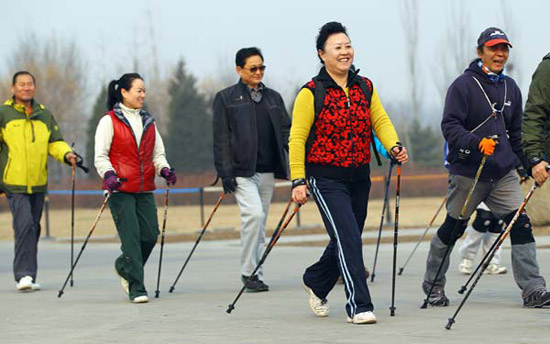 |
| Residents take part in Nordic walking in the Beijing Olympic Forest Park. The walking group in the park has grown from 10 people five years ago to more than 80 in 2013. (China Daily/Zou Hong) |
Getting fit is just that easy, thanks to a pole-assisted regimen invented by Finns and adopted by Chinese, reports Peng Yining
When Wang Xinming first saw people "Nordic walking" in a park — using a pair of poles while walking naturally – he thought only people with a physical disability would walk with sticks.
But after he tried it once, the 68-year-old former civil servant soon became an enthusiast of this growing sport, which was developed in Finland in 1997 and introduced into China a decade ago.
The use of poles reduces the stress on joints, especially protecting knees during a workout. The pole action also strengthens the upper body.
Wang said he suffered from arthritis for more than 10 years. His knees used to "hurt like hell" when he climbed stairs, or in cold weather. But after five years of Nordic walking, he's feeling the pain gradually dissipate. In a Nordic walking competition in 2011 in Beijing, he walked 16 kilometers in two hours and 20 minutes – with no pain.
"The poles are like two extra legs," he said. "I walk easier and faster."
Wang has lost 15 kilograms of weight since he started to walk, and his high blood pressure and blood sugar level have dropped back to normal.
On a recent Friday morning, Wang and a dozen Nordic walkers, most of them over 50, raced down a path in the icy morning wind in Beijing's Olympic Forest Park, leaving far behind the easy–paced joggers and tai chi morning exercisers.
Nordic walking was first introduced into China by China Institute of Sport Science in 2003. Begun in Beijing and later moving on to other cities, Nordic walking is now promoted and practiced in 20 cities.
According to a report from China Nordic Walking Association, China has around 100,000 Nordic walkers and 20,000 people practice regularly.
In Beijing, there are 30 parks which have Nordic walking clubs. More than 100 government units and companies organize walk training for their employees. It was also introduced in 2008 Beijing Olympic promotion events, and in 2010, Nordic walking orienteering was part of China Orienteering Competition.
Since 2008, Beijing has been annually organizing an International Nordic Walking Event with over 1,000 participants each time, including walkers from the Japan Nordic Walking Association and from Finland.
"Nordic walking is becoming a popular park game, or exercise for Chinese people," said Yao Xinxin, head coach of the International Nordic Walking Association in China. As a sports science specialist at the China Institute of Sport Science, he was the one who first introduced Nordic Walking to China.
"Now Chinese companies produce our own walking poles and other accessories," he said. "We are also making the exotic sport more localized."
Yao said in the Europe, Nordic walkers more often workout as individuals, but in China it is more like a group game.
The walking group in Beijing Olympic Forest Park has grown from 10 people five years ago to more than 80 in 2013. During the weekends, the number could be more than 100, said Hou Xiaodong, 62, the group organizer.
Most walkers are retirees, Hou said. Although most senior people live with their children in China, their busy schedules and the gap between generations mean elderly urgently need a healthy social life as well as physical activity.

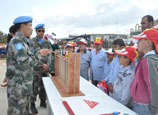


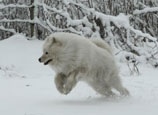



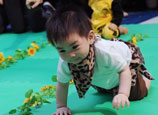

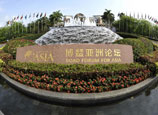






 Snails that are as fat as geese
Snails that are as fat as geese


![]()
